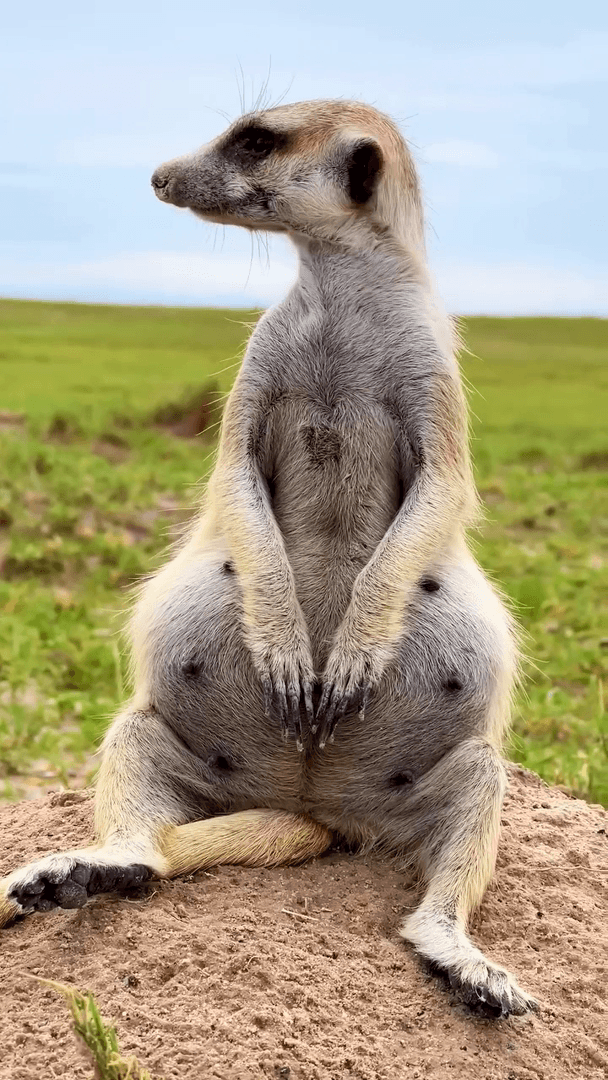
From Valleys to Glaciers: Laws and Legislation, Hunting System and Demographics. The Unique Experience of Hunting in VALLE D'AOSTA Geographic and Natural Features of the Region from a Hunting Perspective Valle d’Aosta, located in northwestern Italy, is a mountainous region dominated by the Alps, with iconic peaks such as Mont Blanc, Monte Rosa, and the Matterhorn. This landscape provides an ideal habitat for Alpine species such as chamois, ibex, red deer, and roe deer. The coniferous forests and high-altitude pastures create a perfect environment for wildlife. The region also features narrow valleys and rivers, which support small game species like hares and ptarmigans. Hunters and Demographics of the Region According to data from the National Hunters Association (Federcaccia), approximately 2,000 hunters are registered in Valle d’Aosta. The majority are men between 40 and 70 years old, with a strong presence in local communities. Hunting is a deeply rooted Alpine tradition, passed
Post: 13 May 14:07















































